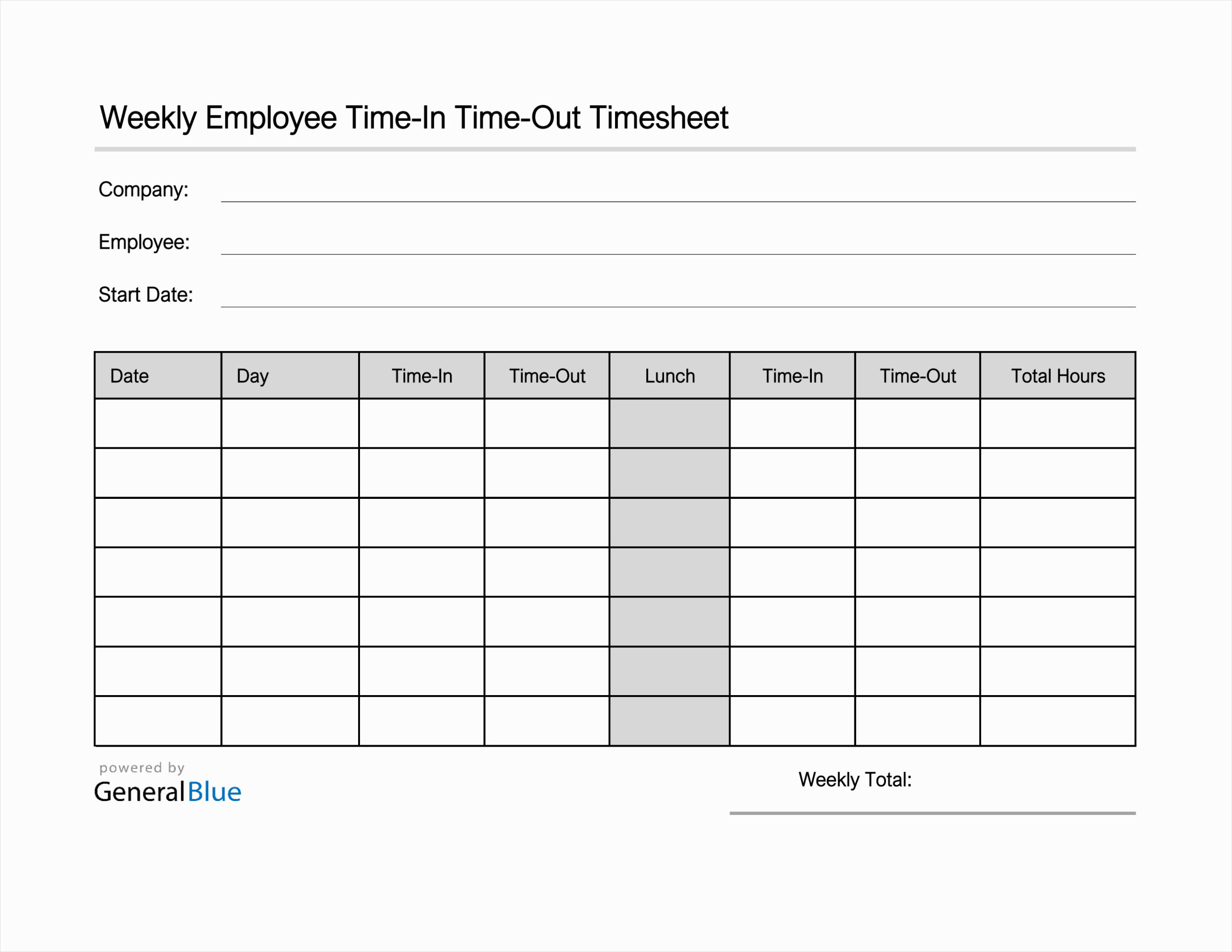Keeping track of work hours is essential for both employers and employees. It helps ensure accurate payroll processing, allows for effective project management, and provides valuable data for analyzing productivity and resource allocation. One effective way to track and manage work hours is through the use of salaried employee timesheets. In this article, we will explore what salaried employee timesheets are, how they work, and why they are important for businesses and employees alike.
What is a Salaried Employee Timesheet?
A salaried employee timesheet is a document or online tool used to record and track the number of hours worked by salaried employees. While salaried employees are typically paid a fixed salary regardless of the number of hours worked, timesheets are used to monitor their time spent on various tasks or projects. This allows employers to have a clear understanding of how their salaried employees allocate their time and resources.
Timesheets typically include fields for employees to enter their names, the date, start and end times for each task, and any breaks taken during the workday. Some timesheets may also include additional fields for tracking overtime, leave, or specific project codes. Tracking time accurately is crucial for maintaining compliance with labor laws, ensuring fair compensation, and facilitating effective project management.
Why Should Companies Use Salaried Employee Timesheets?
Even though salaried employees are not paid on an hourly basis, tracking their time through timesheets offers several benefits for both the employer and the employee:
- Accurate Payroll Processing: Timesheets provide the necessary data to calculate and process accurate payroll. They help determine if an employee is eligible for overtime pay or if they have taken any leave that affects their salary.
- Project Management: Timesheets help managers and teams track the progress of projects, allocate resources efficiently, and identify bottlenecks or areas for improvement. They provide valuable insights into how time is being utilized and allow for better planning and decision-making.
- Productivity Analysis: By tracking time spent on different tasks or projects, employers can analyze productivity levels and identify areas where employees may need additional support or training. This data can also help in setting realistic project timelines and goals.
- Compliance with Labor Laws: Accurate time tracking is crucial for maintaining compliance with labor laws, especially when it comes to overtime pay, breaks, and leave. Timesheets serve as evidence of hours worked and can help protect both employers and employees in case of disputes or audits.
- Employee Accountability: Timesheets encourage employees to be accountable for their time and ensure they are fulfilling their responsibilities. It promotes a transparent work culture where employees are aware of the importance of time management and meeting deadlines.
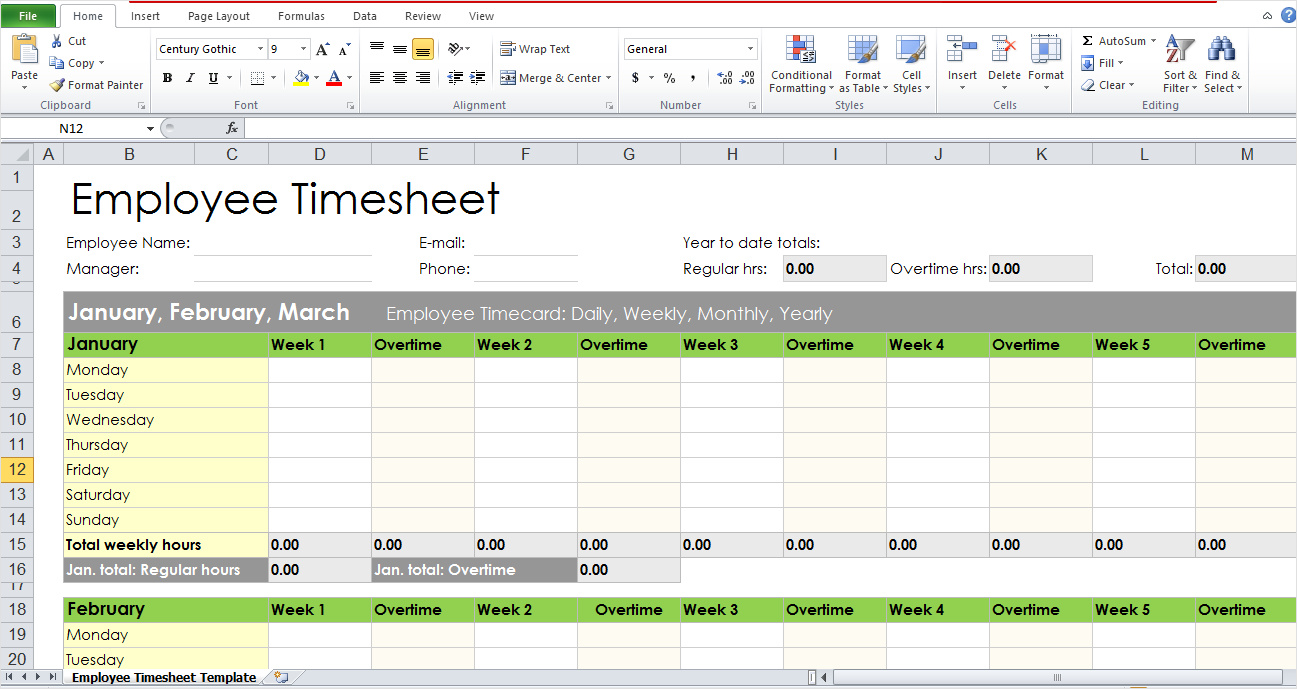
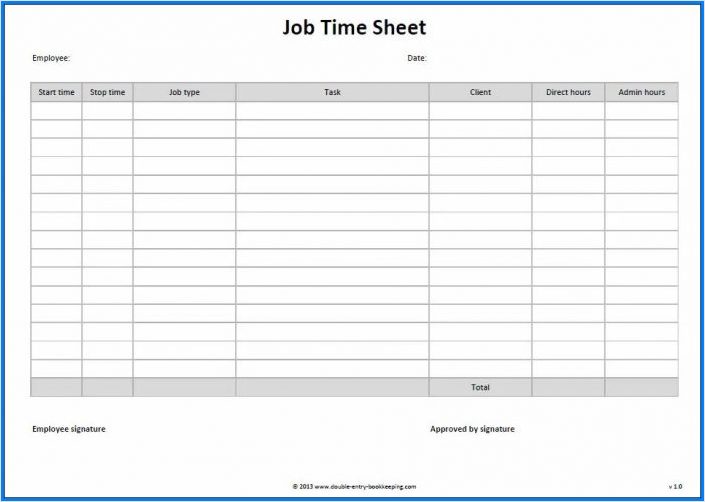
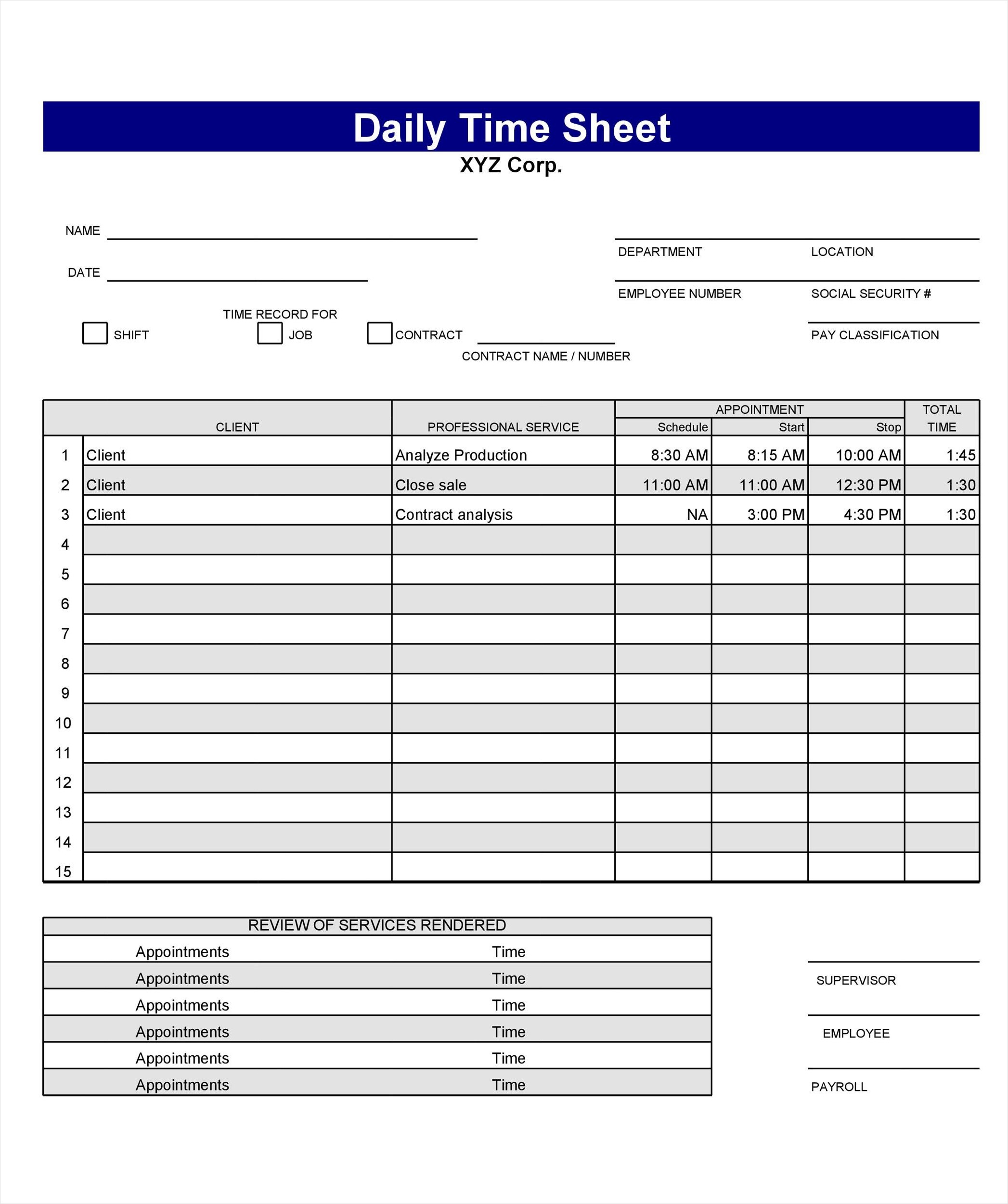
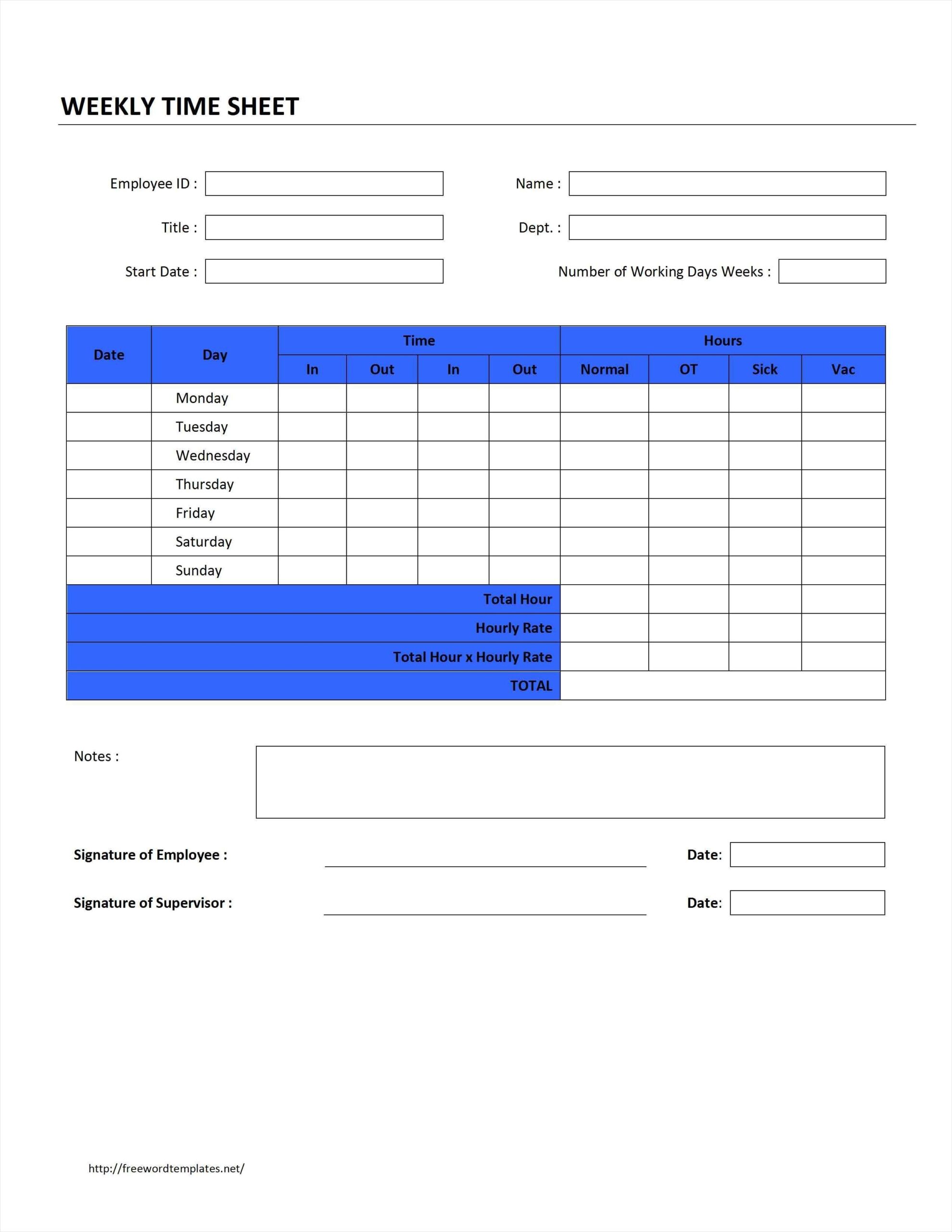
How to Use Salaried Employee Timesheets Effectively
To make the most of salaried employee timesheets, both employers and employees should follow some best practices:
1. Implement a User-Friendly Timesheet System
Choose a timesheet system that is easy to use and understand for both employers and employees. Consider using online timesheet software that allows for easy data entry, tracking, and reporting.
2. Set Clear Expectations
Communicate the purpose and expectations of using timesheets to employees. Make sure they understand the importance of accurate time tracking and how it contributes to the success of the business.
3. Provide Training and Support
Offer training and support to employees on how to fill out timesheets correctly. Address any questions or concerns they may have and provide resources such as user manuals or video tutorials.
4. Regularly Review and Analyze Timesheet Data
Review timesheet data regularly to identify trends, patterns, or areas for improvement. Use this information to make informed decisions regarding resource allocation, project timelines, and employee performance.
5. Encourage Open Communication
Encourage employees to communicate any challenges or issues they face when tracking their time. Create a culture where employees feel comfortable discussing their workload and seeking assistance when needed.
6. Automate Time Tracking
Consider using automated time tracking tools that integrate with timesheets to reduce manual data entry and improve accuracy. This can include time tracking apps, time clocks, or project management software.
7. Regularly Audit and Update Timesheet Policies
Periodically review and update timesheet policies to ensure they align with any changes in labor laws or company requirements. Communicate any updates to employees and provide training if necessary.
Conclusion
Salaried employee timesheets play a crucial role in tracking and managing work hours efficiently. They provide valuable data for accurate payroll processing, effective project management, and productivity analysis. By implementing a user-friendly timesheet system, setting clear expectations, and regularly reviewing timesheet data, businesses can improve their overall efficiency and ensure fair compensation for their employees. Choosing the right timesheet software can further enhance the process and make time tracking a seamless part of daily work life. Embracing the use of salaried employee timesheets is a proactive step toward optimizing time management and resource allocation within any organization.
Salaried Employee Timesheet Template Excel – Download
